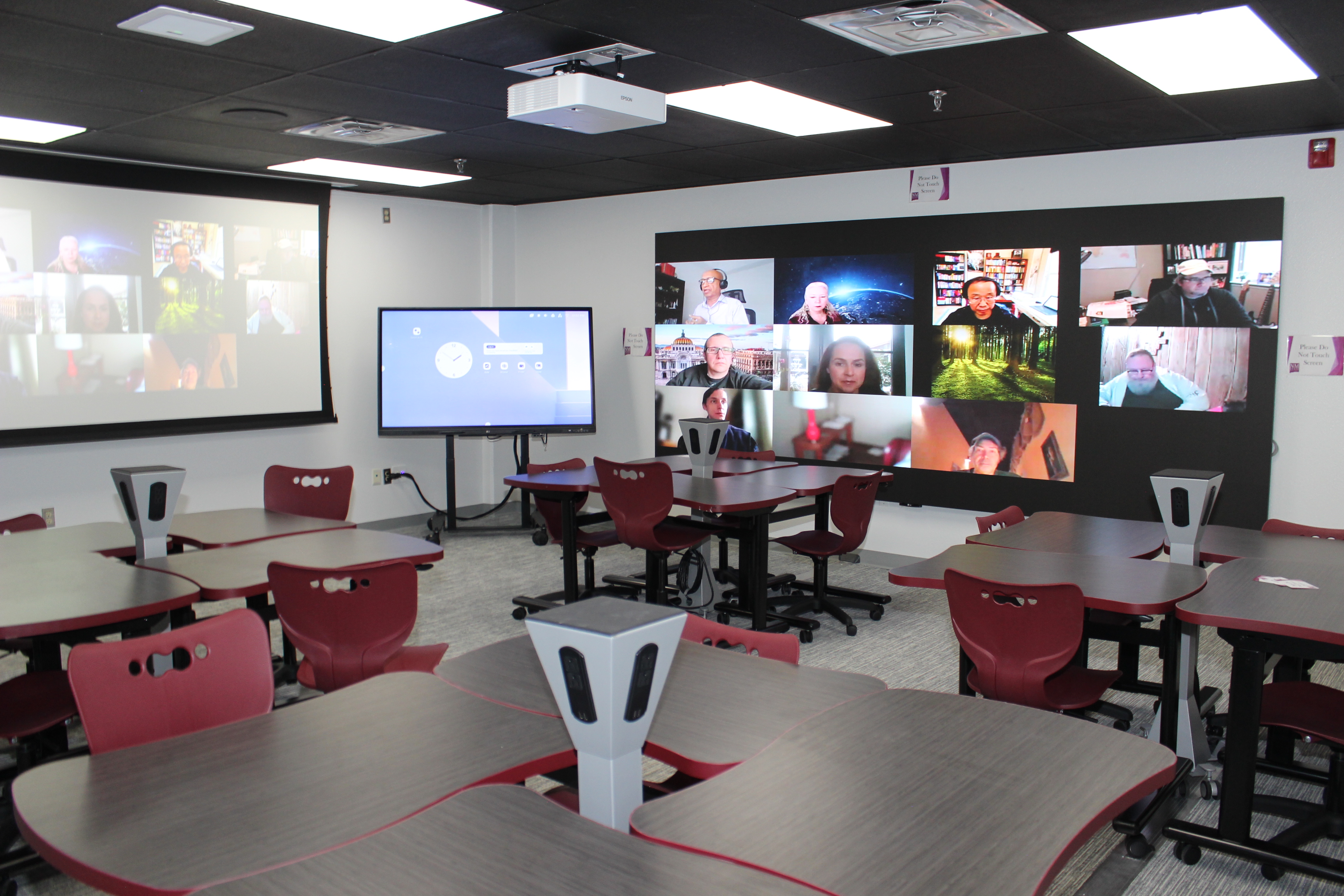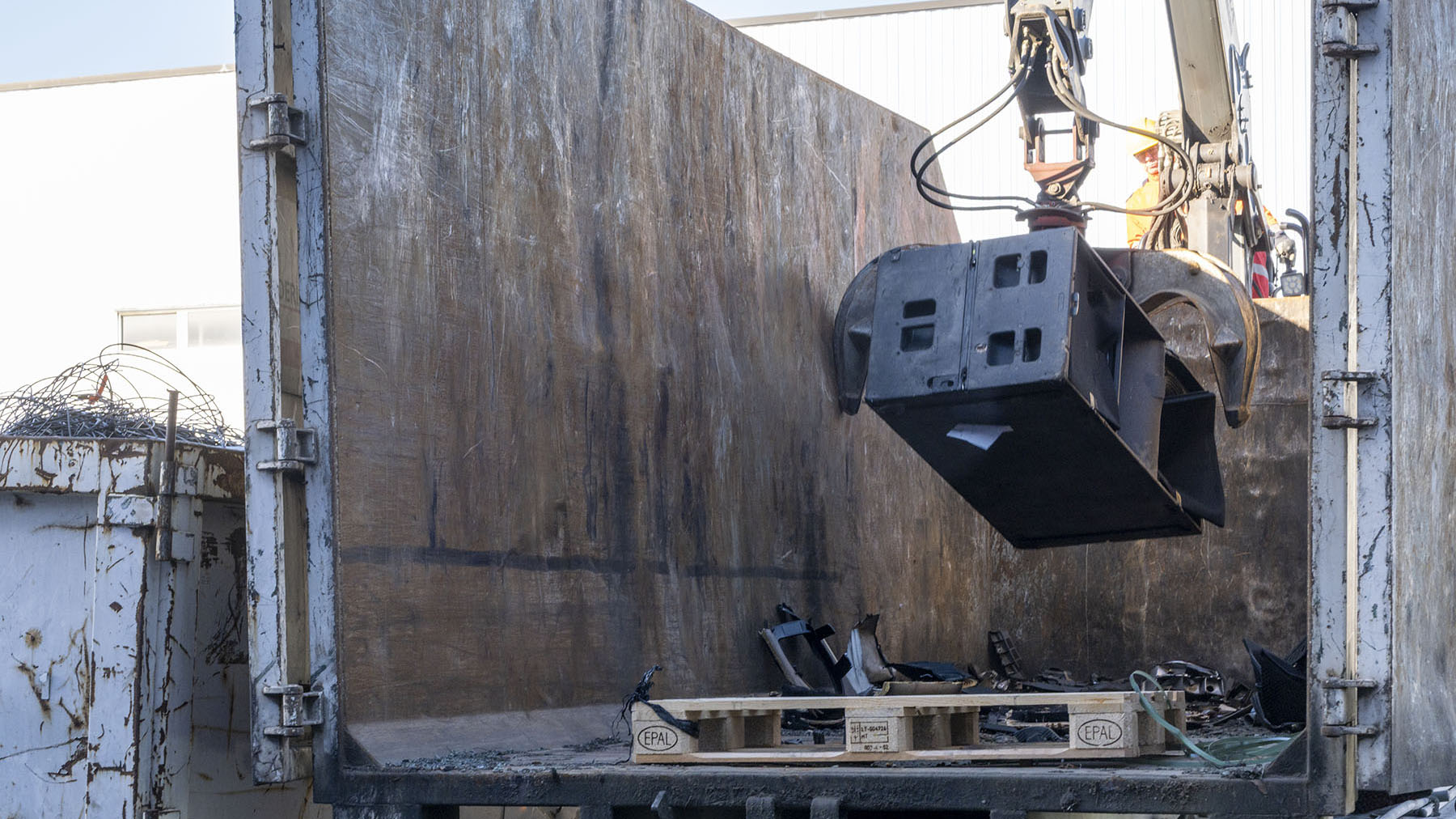Diversifying your business may give you the edge you need
In my visits to rental & staging companies across North America this year, I have not come across too many bright spots, but have discovered a few companies that are surviving better than others. I would say that on the average, the folks I chat with are down 20-25 percent for 2009. This includes plenty of companies that have lost 50 percent of their business from last year. (Even sadder when you consider that Q4 2008 was a bust for most of these folks.) But in this average are quite a few relative success stories. By success, I mean only down 10-15 percent. There are a few isolated examples of growth companies, too. To what can we attribute these better than average results? The underlying theme seems to be diversification.
But first I want to explain the outliers. How can any company be growing in this market? The first example is the startups. Many firms with less than three full years of business under their belts are still in a growing phase. They can take advantage of their low overhead and be competitive on pricing while offering a fresh alternative to competitors that have become a little stagnant. Recessions are great time to start a new business because good talent is less expensive and customers are more willing to make a change.
The other kind of outlier is the very narrowly focused service business. These fall into two categories. First are the technical specialty firms that can replace a key (and expensive) product of a full service provider. An example of this is media programming. Another example is any company that can offer small event solutions across the U.S. and Canada. These firms are finding increasing business from pharmaceuticals, financial services, and continuing education firms, and often act as a broker, hiring local vendors to fulfill demand. These outliers are not diversified, but rather they represent a more efficient solution than their full service alternatives. What both kinds of outliers have in common is low overhead and scalability. Arguably, the above examples could lose their footing in a bustling economy, but for now these are happy folks.
The more mainstream companies might look a little unfocused to the outsider. In the audiovisual industry, the traditional diversified model is to serve both audiovisual rentals and fixed installations. The advantage of these firms is that rentals tend to be a leading indicator and installations a lagging one. But in an extended downturn, both can suffer in unison. Real sustainability comes when these companies have a third arm. For instance, there is some recent success in being an outsourced service provider for corporate meeting facilities. Rental and integration companies have the right resources to provide full-time technology support to major corporations with this need.
Other successful diversification models include a resurgence in B2B rentals. The cross-rental or rental to trade market is surging as rental & staging firms react negatively to large wholesalers encroaching on end clients. Stagers have sharply reduced their capital purchases, but still have seasonal need for extra gear. At the same time there has been a reduction in the scale of live events, leaving some big show gear idle, and companies are willing to rent complete systems out for very little. My favorite diversification for stagers is to add content production and management. This cuts out a traditional staging customer — the independent producer — but recaptures margin that was being lost to a middleman. I hate to remind folks that I started recommending this years ago, and I have not encountered a stager that has gone this route that regrets it. And let’s not forget entertainment. In a down economy, concerts, theater, and shows are more popular and while the margins seem low to corporate stagers, 20 percent of something is better than 40 percent of nothing.
Perhaps the most important thing companies can do to expand their business is to attack new market channels. The tendency for stagers is to hire salespeople that have sold into traditional channels such as event producers, convention planners, or tradeshows. This just leads to an overabundance of competition for the same customers. A good business development person from any industry can get into doors that a traditional salesperson can’t even find.
Diversified companies have the opportunity to pursue the coveted enterprise sale. Enterprise opportunities require selling at the C-level in most corporations — not something many AV stagers are capable of. The approach is humbling in its simplicity: Sell an event, sell an installation, and sell a service to three different departments within a large corporation and your bizdev person can now get an audience with a senior executive that wants to consolidate their purchasing power. If you have a fourth or fifth product (box sales, repairs, maintenance, network management, service agreements, meeting production, etc.) you further increase your chances of getting an audience with a decision-maker.
The enterprise sale is a Holy Grail quest, but just working to be in position to make that sale is inherently more profitable than knocking on doors of prospects that don’t know what you do. The first step is to grow your diversified products services. I will leave you with one last anecdote in favor of a broader base: I recently visited a large company that has rental, staging, and integration under one roof. Their mostly ignored box sales group has grown a modest 10 percent this year, but the profit from that arm of the company helped cut the YTD losses in half. In a good year, box sales were just an annoyance. This year it’s the Golden Child, which best illustrates the case for diversity.










